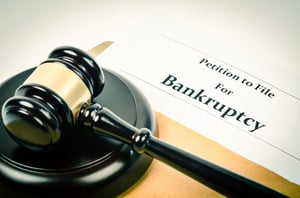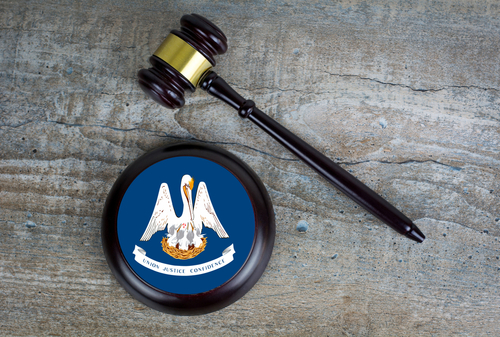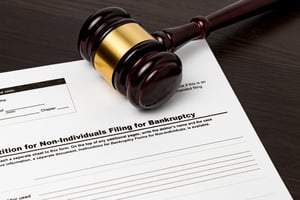Can I File For Bankruptcy Multiple Times in St. Paul, Minnesota?
If a debtor has filed for a Chapter 7 or a Chapter 13 bankruptcy in the past, as a general rule, the debtor must wait after a particular time period has passed before filing for bankruptcy again.
There is no limit as to the number of bankruptcies a debtor may file. There is also no minimum time period a debtor must wait before filing for bankruptcy again. However, in order for a debtor to receive a bankruptcy discharge – which wipes out all of the debtor’s unsecured debt and is the goal of the bankruptcy – there are some waiting period rules that must be followed. As a general proposition, the waiting period depends on the type of bankruptcy that was previously filed and the type of bankruptcy the debtor seeks to file next.
If a Chapter 7 bankruptcy was previously filed, a debtor must generally wait eight years after the previous bankruptcy case was filed, before the debtor can file another Chapter7 bankruptcy and expect to receive a bankruptcy discharge. Alternatively, if a debtor is interested in filing a Chapter 13 bankruptcy after previously filing a Chapter 7 bankruptcy, the debtor must wait four years before doing so. On the other hand, if a Chapter 13 bankruptcy was previously filed, the debtor must wait six years after filing that Chapter 13 case, before a Chapter 7 bankruptcy can be filed. The exception to this rule is if the debtor’s previous Chapter 13 case was one in which all of the unsecured creditors were paid in full. In this situation, the debtor need not wait as long as six years before the debtor can file a Chapter 7 bankruptcy. If a debtor is seeking to file a second Chapter 13 bankruptcy after filing a first Chapter 13 bankruptcy, the debtor must wait until two years have passed since the first Chapter 13 case was filed, before filing a second one.
If a debtor did not receive a bankruptcy discharge when their first case was filed, the debtor may file again and receive a bankruptcy discharge. If a debtor’s previous bankruptcy case was dismissed by the court, the debtor may file a bankruptcy case again, unless there is a court order that states otherwise. If a debtor failed to obey a court order or voluntarily dismissed their case after a creditor filed a motion to life the automatic stay, a 180-day waiting period might apply. If a debtor was denied a bankruptcy discharge in a previous bankruptcy case, the debtor may file again, but the debtor will probably not be entitled to discharge the debts that were listed in the previous bankruptcy case. It is important to note that if a debtor files twice or three times within a year, the debtor will have to demonstrate that the filing of the bankruptcy was in good faith, in order to receive the full protection of the automatic stay. If a debtor filed one other bankruptcy case within the previous year, the automatic stay will only be limited to last thirty days.
On the other hand, if a debtor filed two or more cases during the previous year, the court will not order an automatic stay at all. In this situation, the debtor may ask the court to enforce the automatic stay or continue the automatic stay beyond the 30-day time period by showing good faith in a filed motion with the court. This motion hearing date must not be made more than thirty days after the bankruptcy case was filed, and the creditors, bankruptcy trustee, and the U.S. Trustee must be served with the motion.
CALL NOW FOR A FREE STRATEGY SESSION FROM A MN BANKRUPTCY LAWYER AT LIFEBACK LAW FIRM
To learn more about multiple bankruptcy filings and what to look out for, you should consult with an experienced bankruptcy attorney. Come see us at our new office in St. Paul, Minnesota, or come visit us at LifeBackLaw.com!







